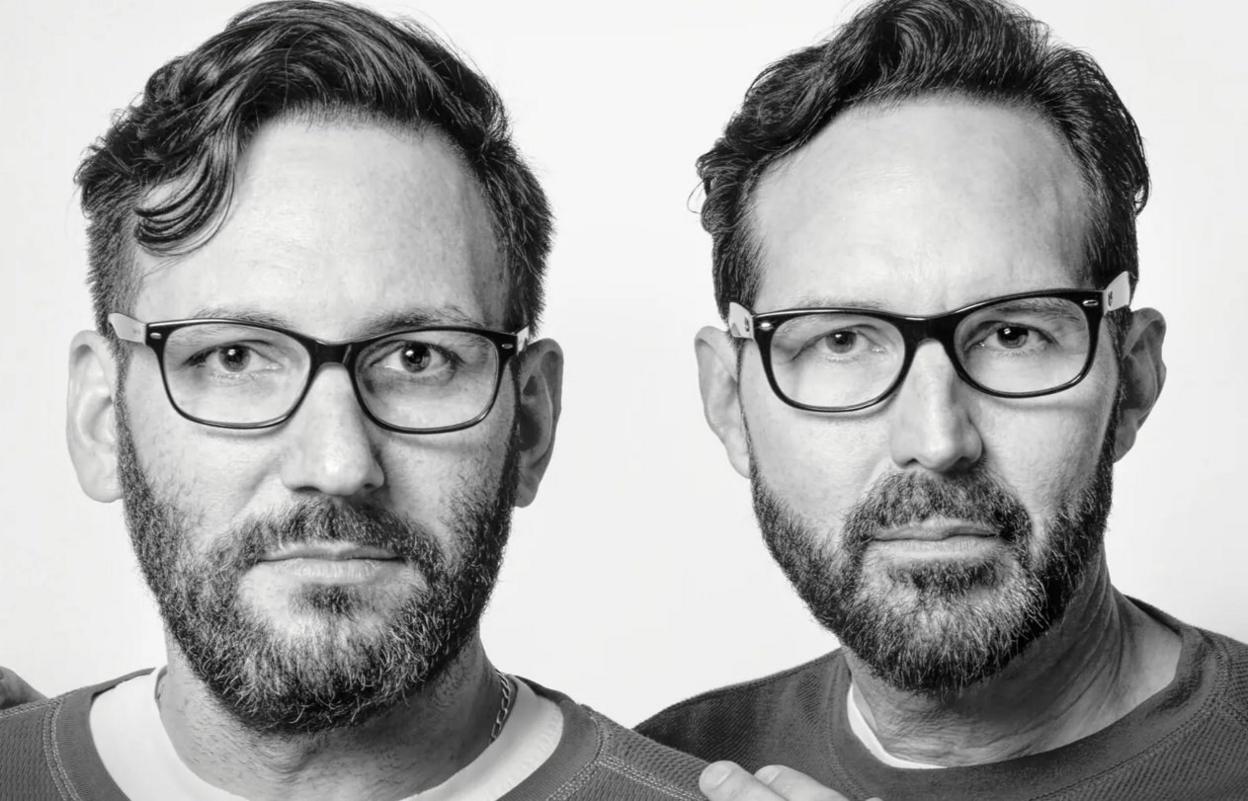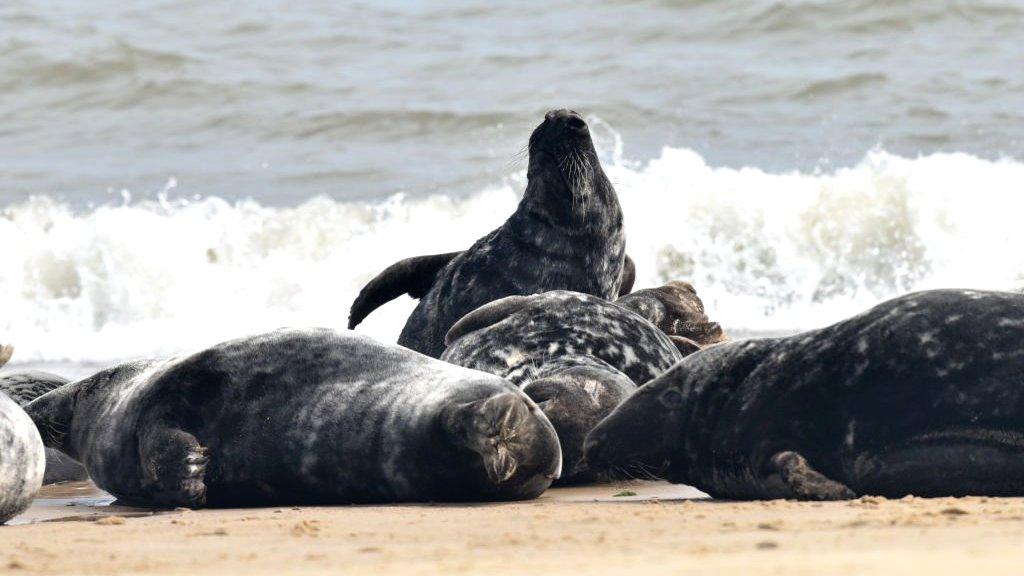Do you have a lookalike? You may share more than just looks!
- Published
- comments

Have you ever seen someone who looks like someone else? Well a new study suggests that it's not just appearance that lookalikes have in common, but behaviour too.
Researchers at the University of Barcelona studied 32 pairs of unrelated strangers that looked very similar to each other.
During the study, half of the pairs looked so similar that facial recognition technology registered their appearance as being the equivalent of identical twins!
Do you have a lookalike or know someone who looks like someone else? let us know in the comments.
Dr Manel Esteller, professor of genetics at the University of Barcelona, said: "For decades the existence of individuals who resemble each other without having any family ties has been described as a proven fact, but without any scientific justification.
"The widespread use of the internet and social networks for image-sharing has meant that we are now able to identify and study such people."
Similar in more than just appearance

The unrelated lookalikes were originally brought together as part of a photography project
The lookalike pairs, originally brought together as part of a photography project in Canada, took DNA tests and completed questionnaires about their lifestyles.
For 16 pairs who were "true" lookalikes, it wasn't just their appearances that were near identical, they shared similar habits, levels of education and analysis of their DNA showed more genes in common, compared with the other 16 pairs that looked less similar.
DNA stands for deoxyribonucleic acid.
DNA is the genetic information inside the cells of the body that helps make people who they are.
A bit like the computer code used to make a video game, DNA includes the instructions for how to make the body and decides things such as eye colour.
Each piece of information is carried on a different section of the DNA. These sections are called genes.
"These people really look alike because they share important parts of the genome, or the DNA sequence," Dr. Esteller said explaining that he believes it's genes rather than other factors, such as environment or life experiences, that is responsible for what someone looks like.
Despite the small study size, the researchers are confident they would see similar results in a larger group.
"There are so many people in the world, that the system is repeating itself," Dr. Esteller said, suggesting that you, too, might have a look-alike out there, somewhere.
- Published11 September 2018
- Published19 June 2022

